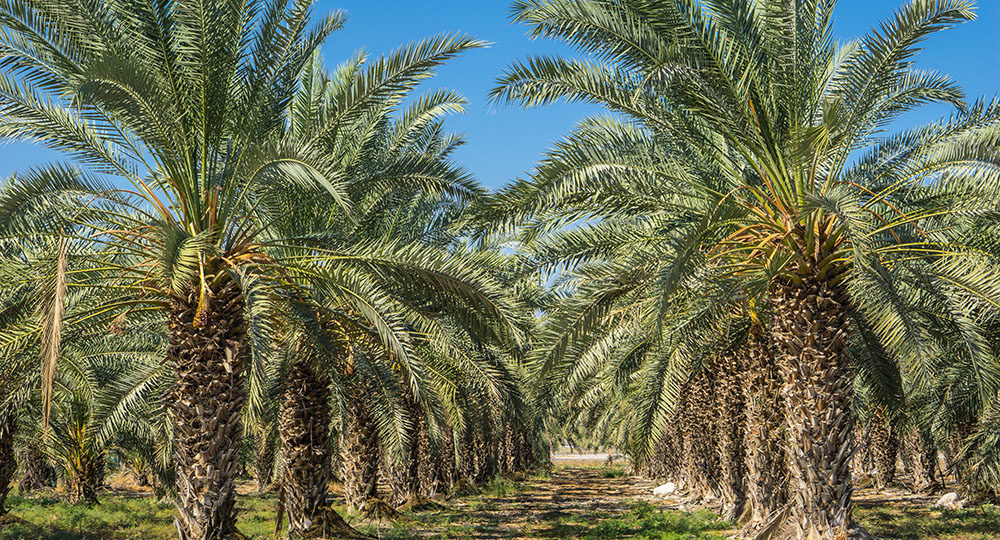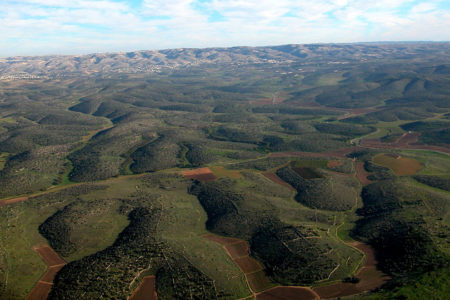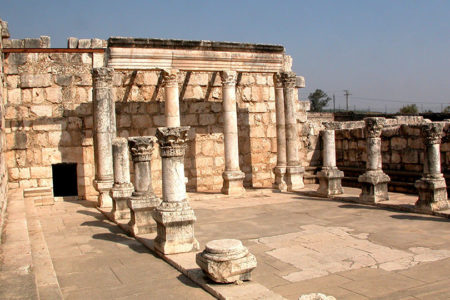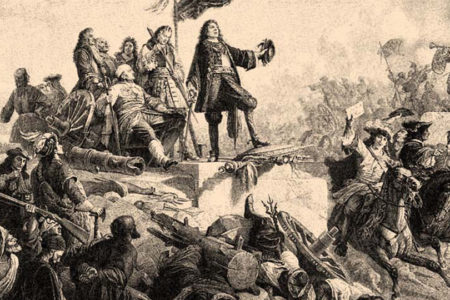How the JNF/KKL Makes the Desert Bloom
For years The Friends of Israel has planted trees in Israel through the Jewish National Fund, or Keren Kayemeth LeIsrael (JNF/KKL). With each tree purchase comes a certificate that lists the activities of the JNF. These include:
- Afforesting barren land (it has planted more than 230 million trees).
- Preparing land for agriculture.
- Developing new water sources (it has built 170 reservoirs).
- Rehabilitating polluted rivers.
- Building bypass roads.
- Providing a wide range of educational activities in Israel and abroad.
How did such an organization come about, and how did it raise the capital for such an ambitious agenda? The answers tell much about who legally owns the land of Israel.
When the first Zionist Congress met in Basel, Switzerland, in 1896, Theodor Herzl’s vision for a national homeland for the Jewish people was but a dream. At the Fifth Congress in 1901 it became clear that without land, or a means to secure land, a homeland was impossible. Herzl, says the JNF Web site, rose up before the delegates “and delivered a passionate plea for the immediate establishment of the fund.”1
Because of that crucial speech, Keren Kayemeth LeIsrael was born. The Hebrew name comes from a talmudic dictum about good deeds, “the fruits of which a man enjoys in this world, while the capital abides (ha-keren kayyemet) for him in the world to come.”2 In its resolution, the Congress stated, “The JNF shall be the eternal possession of the Jewish people. Its funds shall not be used except for the purchase of lands in Palestine and Syria.”3 All that land, at the time, was ruled by the Ottoman Turks.
Influenced by Leviticus 25, the founders based KKL on two principles:(1) The land it purchased must be publicly owned because verse 23 states, “The land shall not be sold permanently, for the land is Mine”; thus KKL leases its land. (2) The duration of a lease shall be 49 years because verse 10 teaches that, in the Jubilee (50th) year, the land reverts back to its original owner.
The congress immediately set a goal of raising 200,000 British pounds, an impressive sum for that day. “One of the delegates immediately pledged 10 pounds….Herzl made the second donation and his aide, the third. And with this, the dream of a national fund—and a Jewish homeland—became a reality.”4
The immediate concern was how to raise capital. Three methods were established:
Little Blue Boxes. Wherever a Jewish home, synagogue, Hebrew School, or Sunday school exists, these little pushki boxes (little banks) can still be found. By placing their loose change in these boxes, Jewish people have raised millions of dollars and have become personally connected to the Promised Land for more than a hundred years.
Golden Book. A large donation made to honor a person or event is recorded in a book located at KKL headquarters in Jerusalem. Theodor Herzl was the first to make such a donation, and his name is on display there today.
Stamps. The early Zionists purchased these special stamps and placed them on all their letters. Some people bought them as collectors’ items.
Every year more land was purchased. In 1921, JNF/KKL held 25,000 acres. By the time of national independence in 1948, the Jewish population of 650,000 lived in 305 towns, 233 of which were owned by JNF/KKL.
In 1960 the Knesset (parliament) passed an extremely important law that enabled JNF/KKL to work with the government by forming a council to develop the land and plant trees.
After statehood, more emphasis was placed on land improvement than acquisition. Land reclamation, always a part of JNF/KKL, became its mainstay. Mosquito-infested swamps were drained. Thousands of miles of roads were improved and new ones built. Storage dams and reservoirs were constructed to conserve precious water.
Of all JNF/KKL does, it is best known for planting trees. Since much of the land lay desolate through the years before resettlement, the planting of trees was vital. Trees prevent soil erosion, create oxygen for the atmosphere, provide shade and vegetation, and beautify otherwise barren landscapes.
Israelis who remember the land 60 years ago are proud of the way their country looks today. Indeed, through the legal purchase of land and the hard work of the Jewish people, the desert has indeed blossomed like the rose (Isa. 35:1).
ENDNOTES
- Jewish National Fund <www.jnf.org/site/PageServer?pagename=history>.
- Jacob Tsur, “Jewish National Fund,” Encyclopaedia Judaica, CD-ROM edition.
- Ibid.
- Jewish National Fund.






